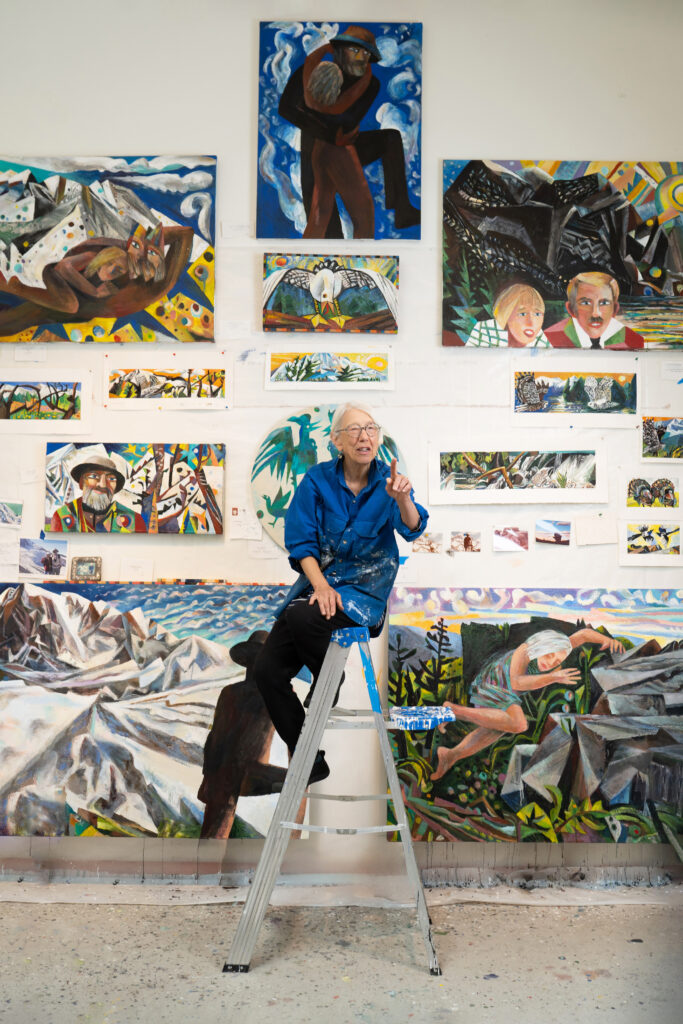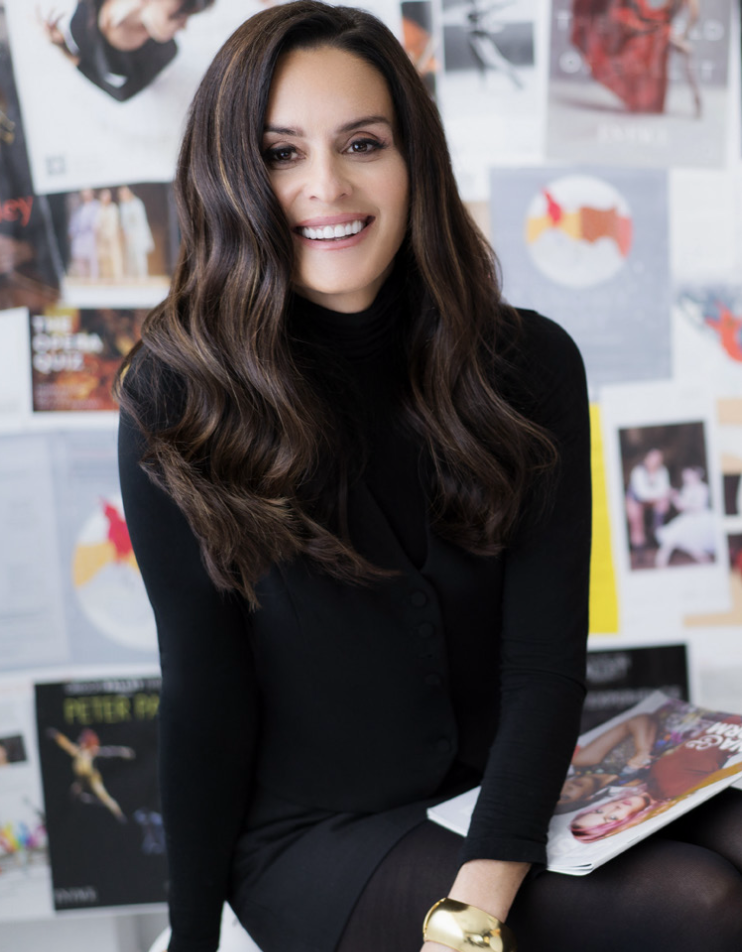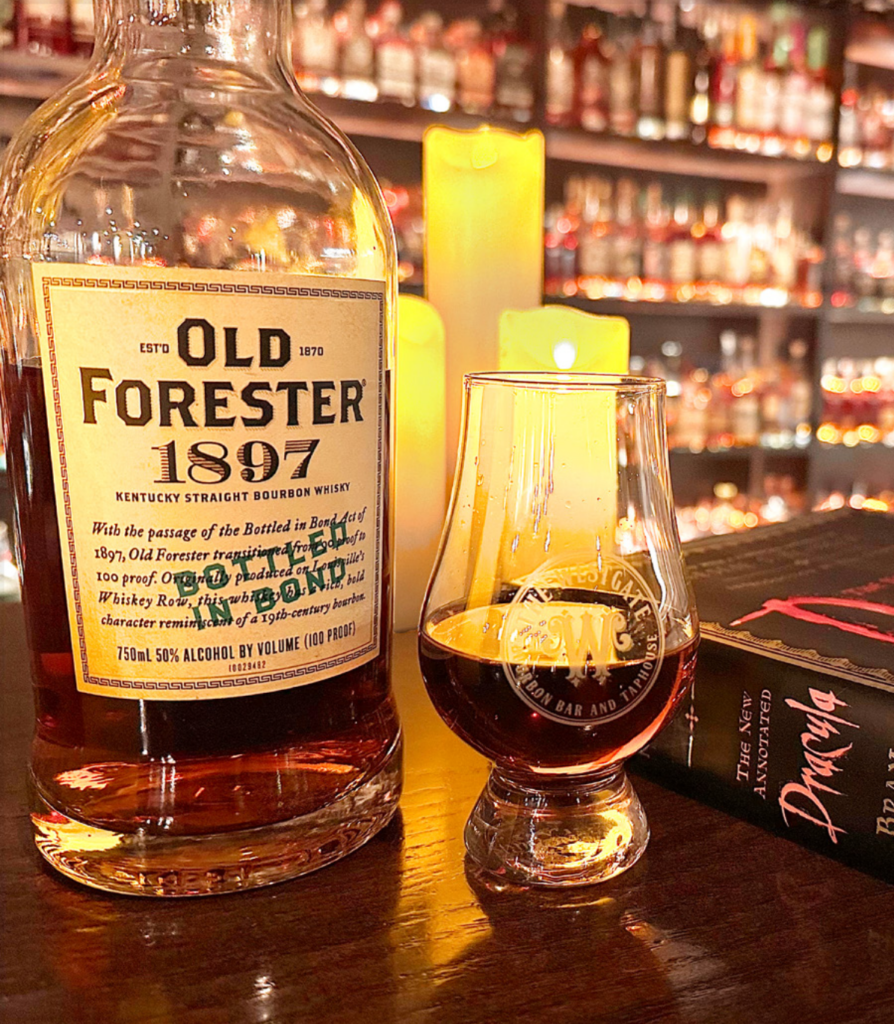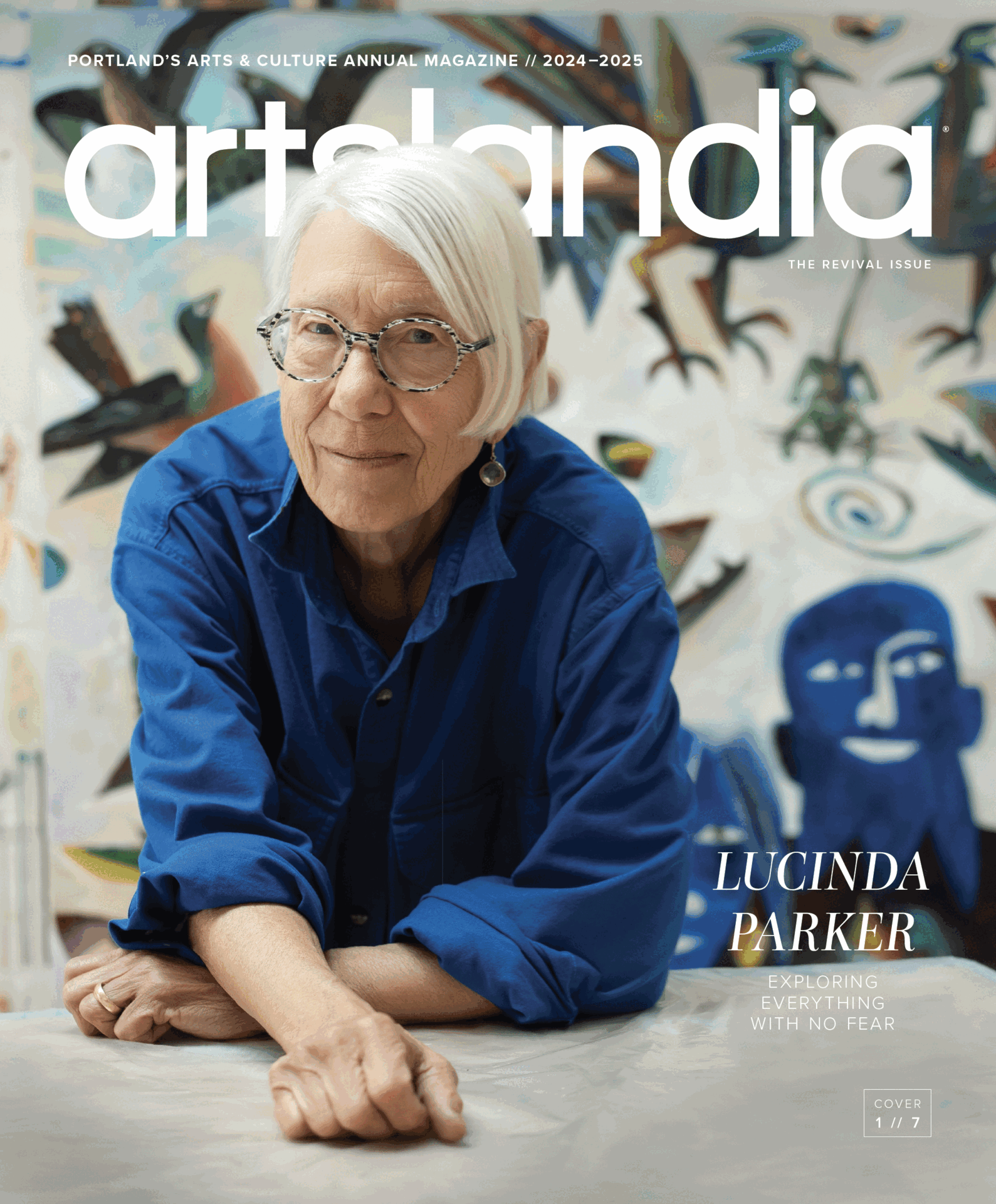Profession: Painter of Abstract and Contemporary Art, Icon
Lucinda Parker is a prominent artist who has shaped the Pacific Northwest’s art scene for nearly six decades. At 18, Parker embarked on her artistic journey when she moved to Portland to study jointly at Reed College and the Pacific Northwest College of Art (originally The Museum Art School, a branch of the Portland Museum of Art). Lucinda continued her education at Pratt Institute in New York, earning a Master of Fine Art before returning to Portland.
She has received numerous accolades, including a mid-career retrospective at the Portland Art Museum in 1995 and the creation of significant public murals, such as the 40-foot Riversong at the Oregon Convention Center. Significant collections and exhibitions, including the Seattle Art Museum and the Hallie Ford Museum of Art, have featured Lucinda’s work. She has actively participated in several prestigious festivals and served on the faculty of Princeton University and the University of Nevada at Reno. Today, Lucinda is celebrated not only for her abstract landscapes and cubistic depictions of natural scenes but also for her role in shaping the region’s artistic landscape. Her approach to painting, deeply influenced by natural forms and historical landscapes, reflects a profound understanding of her medium and environment, securing her place as a pivotal figure in contemporary American art.
Artslandia: Where were you born, and how has your hometown influenced your artistic expression?
Lucinda Parker: I was born and raised in Wayland, outside Boston, Massachusetts. We lived in a rural place with oaks, hemlocks, and pine trees. I wandered all over alone in our empty woods, searching for Lady’s Slipper orchids. I remember winter ice storms, gorgeous and glittery, and trees tinkling and swaying while I tried to draw them.
A: Can you share memories of experiencing art as a child?
LP: I copied comics lying on the floor, L’il Abner and Pogo. In sixth grade, I walked a mile after school to Barbara Gregory’s house, where we drew and painted together one-on-one; she was a fantastic artist. I learned pitch from studying violin, tried to draw musicians while they played, and read Rudyard Kipling’s The Jungle Book under the covers at night with a flashlight. I thought I was Mowgli (raised by wolves). I also listened to Amos ‘n’ Andy and The Lone Ranger on the radio.

A: You’ve become a significant figure in the art world. How did you become involved in painting and the arts community?
LP: I had a wonderful art teacher at Putney School, where I attended high school. I took two three-hour art classes a week. I drew every day and painted in oil. I liked big shapes and impasto and became interested in flowing shapes, figure-ground, and back-and-forth. I ended up at Reed College in 1960 because of the Museum Art School-combined program.
"I wanted to make a painting that you could see half a block away and that made you want to dance."
Franco Nieto
A: Your work often draws from the natural landscapes of the Pacific Northwest. How does the environment around you influence your artistic vision and themes?
LP: A photo of Louis Bunce in front of the airport mural inspired me. (Renowned Oregon Modern-ist artist Bunce created a large and vibrant mural for the original Portland International Airport, characterized by its abstract expressionist style and nature-inspired themes.)
Abstraction was in the air in 1960. I loved standing in front of a big canvas and moving my arms around with a trowel of paint. I wanted to make a painting that you could see half a block away and that made you want to dance.
I see triangles in the mountains, both central and left-over sky triangles. Tree trunks are overlapping, cubistic columnar basalt, which is to die for! Oval and pointed ellipse shape make the leaves. Fat volumetric clouds with brilliant creamy white tops and smokey grey bottoms make up the sky.
But traveling is essential, too. It gets harder as you age, but I have so many long letters I wrote to my parents that I can revisit. I’ve traveled to Italy, Portugal, Fiji, France, Ireland, Sicily, Mexico, and New York City.
A: What social issues in Portland do you feel need urgent attention, and how can the arts community contribute to addressing these challenges?
LP: We need to get people experiencing home-lessness into homes and not force people out of their homes because they are paying compound interest on student loans well into middle age. This is unfair!
Gather:Make:Shelter is an example of arts organization that does excellent work. (The nonprofit creates opportunities for people experiencing houselessness and poverty to engage in collaborative, skill-building projects in creative fields, bringing houseless and housed people together to empower each other.)
A: What are you working on currently?
LP: I’m working on a new work for Wild Salmon Center, a Portland environmental nonprofit, and finishing a big group of paintings for an upcoming exhibition at Russo Lee Gallery. The exhibition will celebrate my late husband Stephen McCarthy. He was my main man and most loyal supporter year in and year out for 53 years.










